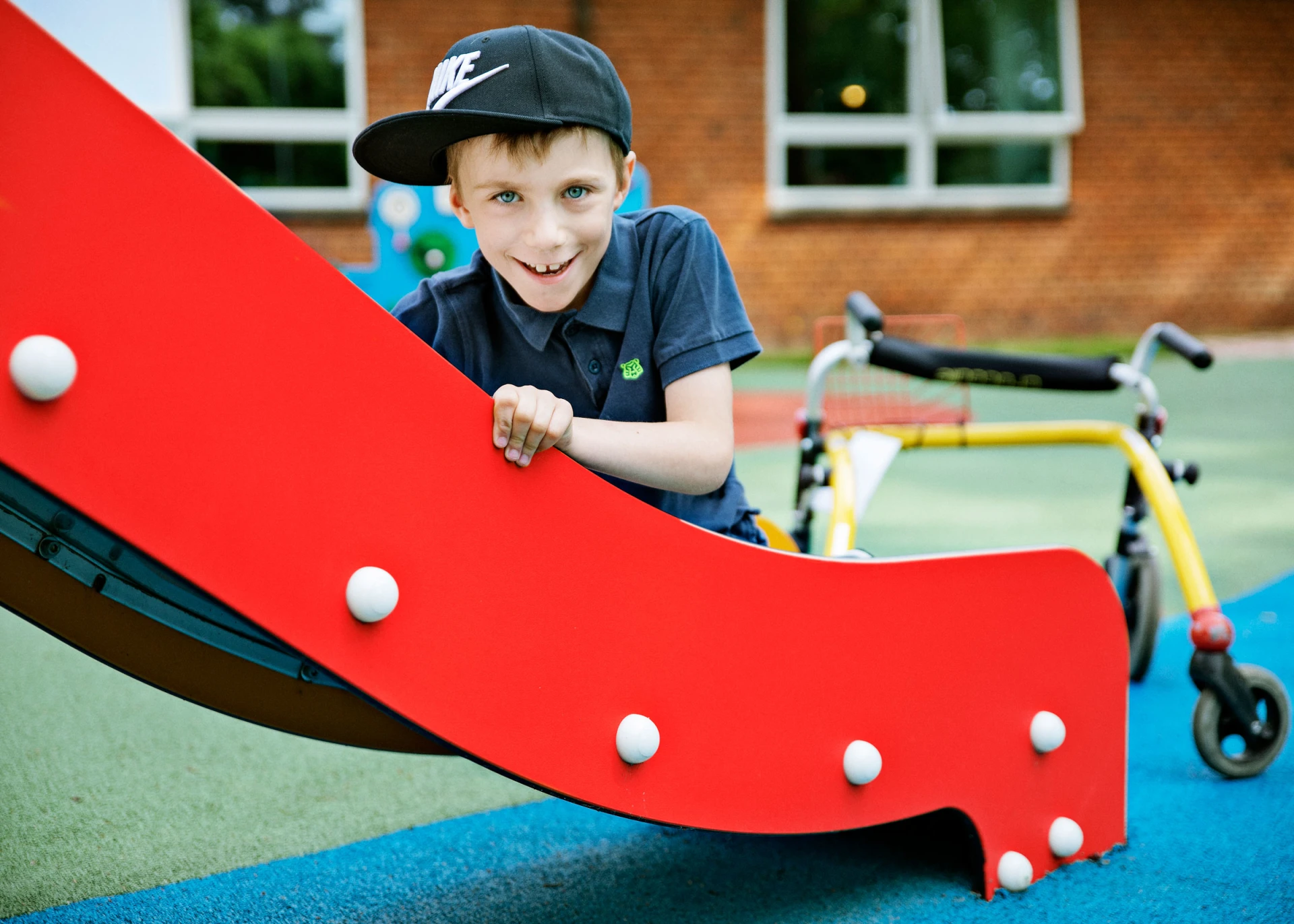playground planning
How to design inclusive playgrounds
What makes a playground inclusive?
The key to a great public playground that everyone can enjoy is thinking about what different people need and like. It's about making sure everyone can use and enjoy the playground fairly. Even if not everyone can do everything, there's something for everyone. If you follow our playground design rules, you'll be ready to make your playground inclusive for everyone.
If you are looking for assistance, just ask our team of playground experts.
Inclusive Playground Example
Inclusive playground design
Here's an example of a large playground, but whether your playground is big or small, it's important to consider these design features.
Accessibility: Make sure everyone can easily get to the playground. Plan for accessible parking and wide entrances, especially for wheelchair users.
Playground surfacing: Choose a surface that's easy to move on, especially for people with mobility issues. Paths with signs can help people find their way around.
Quiet areas: Include places with benches and shade where caregivers and children who get overwhelmed easily can take a break.
Social and quiet play: Design areas for both active, social play and quieter, more solitary play. A good playground should have options for everyone.
Accessible play equipment across levels: Ensure that all play equipment, whether it's high up or on the ground, can be used by everyone, including those with mobility difficulties. This might mean adding ramps or using accessible surfacing materials.
You can often apply for inclusive playground grants to help fund your project. To make planning easier, we've put together an inclusive play design guide with all the best practices. You can download your free copy below.
What inclusive & accessible playground equipment should you choose?
How to make my playground more inclusive
Sensory play activities
Considering users with sensory or cognitive disabilities is crucial when designing an inclusive playground. One effective way to ensure equal play opportunities is by including sensory play elements. This could involve incorporating tangible and visual textures, providing equipment for applying soothing body pressure, including auditory movement stimulators, and incorporating sensory experiences like scented plants. These features contribute to making the playground more inclusive and accessible for everyone to enjoy.
Challenging play opportunities
The key to success in planning inclusive and universal playgrounds lies in offering a variety of play equipment. Providing options for physically challenging, thrilling, and sensory-stimulating activities, both for group and individual play, is essential for ensuring enjoyment by all. Opting for spinning, rotating, swaying, swinging, and rocking equipment can provide the physical thrill that appeals to many. Additionally, incorporating natural features and tactile, sound, and visual elements for sensory stimulation offers opportunities for engaging play experiences, either alone or with others, ultimately enhancing the overall enjoyment and retention of play.
Guiding design language
Introducing signal transitions within the playground and play areas involves strategically incorporating diverse textures and contrasting colours into the surfacing. This approach assists users with vision impairments and various sensory disabilities in navigating the playground effectively.
Additionally, integrating dramatic play elements, such as themed equipment, fosters connections and relatability among many users, enhancing their overall experience at the playground.
Individual play and breaks
Providing respites is crucial to prevent overstimulation, as many users require a quiet area to retreat to. It's important to consider incorporating site amenities that include accessible seating and table options, as well as solitary play areas with equipment designed for individual use. These features are essential elements of inclusive playground design, ensuring that all users can enjoy the space comfortably and inclusively.
Social interaction
Social interaction is crucial for all, so inclusive playgrounds should offer equipment that fosters it. Implementing "two-of-each" parallel play options like side-by-side swings or springers encourages social skills development among children of varying abilities.
Variety in play value
An inclusive playground should offer a mix of adventurous and quiet activities, catering to diverse play preferences. It should feature physical, social-emotional, and cognitive-creative activities, while also providing areas for relaxation and retreat when needed, complete with seating for breaks from play.
Why are inclusive playgrounds important?
Creating equity in outdoor play opportunities is a fundamental responsibility of communities, as everyone benefits from playing together, regardless of age, gender, nationality, or ability.
Research demonstrates that children with disabilities who engage in play with typically developing children enhance their abilities and self-esteem, contributing to positive self-image.
Just like their peers, children with disabilities also relish the excitement and joy of playing with others.
Play not only supports but also nurtures children's physical, social-emotional, cognitive, and creative development.
For more examples of inclusive playgrounds, explore our inclusive playground inspiration.
Why choose KOMPAN? KOMPAN has been dedicated to creating truly inclusive and universal playgrounds since the 1980s, including ADA-compliant playgrounds since the 1990s. With over 50 years of experience in designing play solutions for all, including children with disabilities, KOMPAN continues to lead the way in promoting inclusive play. In recent years, the KOMPAN Play Institute has furthered its research through observation studies, reinforcing the core principles of universal play.
Have questions about how to design an inclusive playground?
Please fill in your contact details, and we will get back to you as soon as possible.
